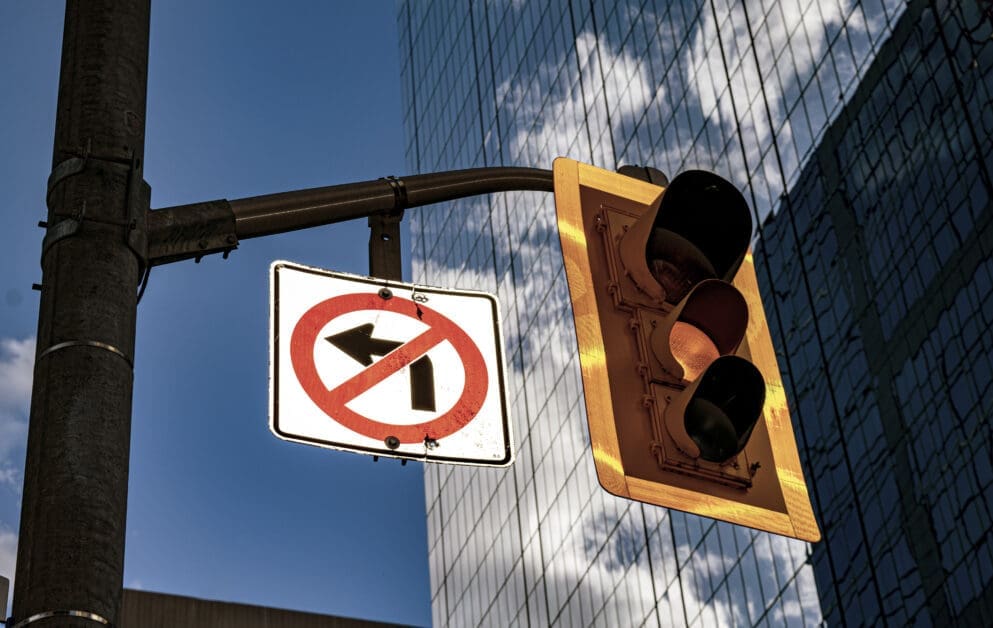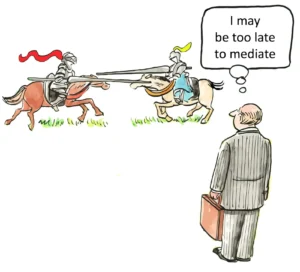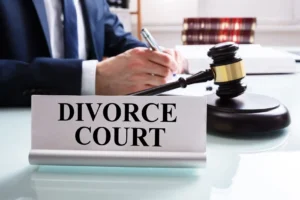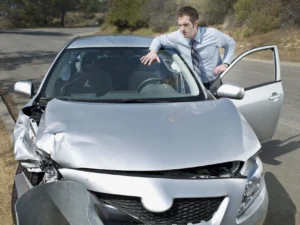5 Things You Need to Know About Right of Way Laws
Right of way laws are traffic rules that explain who has the legal right to move first and who must wait. They apply everywhere, at intersections, stop signs, roundabouts, crosswalks, and even driveways.
These laws don’t give you the right to go; they tell you when to yield (which means slow down or stop) so others can go first.
Right of way rules help everyone understand what to expect when paths cross. When drivers, cyclists, and pedestrians follow these same rules, traffic stays predictable, and that’s what keeps people safe.
5 Things You Need to Know about Right of Way Laws
If you drive on a US road, then you absolutely must know these things about the right of way laws:
Who Goes First at Four-Way Stops?
At a four-way stop, all cars have stop signs. The rule is simple:
- The first vehicle to arrive and stop goes first.
- If two vehicles stop at the same time, the one on the right goes first.
- If two cars face each other and one is turning left, the car going straight goes first.
Intersections Without Stop Signs or Signals
Sometimes, you’ll come to an intersection with no stop sign, yield sign, or traffic light. These are called uncontrolled intersections.
In these cases:
- The car that reaches the intersection first has the right of way.
- If two vehicles arrive at the same time, the driver on the right goes first.
- If visibility is poor or you’re unsure, slow down and be ready to yield.
Even though there’s no sign, there’s still a rule. You just have to use your eyes and brain to follow it.
Pedestrians Always Deserve Extra Caution
People walking have special rules because they don’t have a car to protect them.
If someone’s walking across the road at a crosswalk, cars have to stop and let them go. Always. Even if the driver is in a hurry, they wait.
Sometimes, even if there’s no painted crosswalk, you still have to be careful. People might cross anywhere, and the law says drivers should try not to hit anyone.
So, if you see someone walking, the safest thing to do is slow down or stop.
Emergency Vehicles Come First
If you see a fire truck, police car, or ambulance with lights flashing and sirens on, you have to move out of the way.
You either pull over to the side of the road or stop completely so they can pass. That’s because they might be going to save someone’s life, and every second counts.
Even if you’re at a green light, you still stop for them. The rule always gives them the right of way when their lights and sirens are on.
When in Doubt, Yield
Sometimes the situation isn’t clear; maybe both drivers move at once or a pedestrian steps out unexpectedly. The safest move is simple: yield. Let the other person go.
Being cautious won’t make you late by much, but being careless can cost a lot more.
What Happens If You Don’t Follow the Rules?
If you don’t follow right of way laws, you can get a ticket from the police. You might even cause a crash. Then your car gets broken, someone could get hurt, and your insurance might go up.
So, it’s smarter to just follow the rules. It keeps you safe, keeps others safe, and keeps traffic moving.
Quick Recap
- Right of way means who goes first.
- Right of way rules keep everyone safe and stop crashes.
- At four-way stops, the first car or the car on the right goes first.
- At intersections with no signs, slow down and look.
- Pedestrians always have priority in crosswalks.
- Emergency vehicles with sirens get to go first.
- Always be patient. It’s better to wait than to crash.














![Life Insurance – The Ultimate Estate Planning Tool [Video] - Attorneys.Media - Legal Expert Interviews & Trusted Advice Watch: Life Insurance – the Ultimate Estate Planning Tool with Andrew Dósa – Tacoma & Oakland](https://b3514829.smushcdn.com/3514829/wp-content/uploads/2025/09/life-insurance-form-SBI-300194206-300x200.jpg?lossy=2&strip=1&webp=1)





